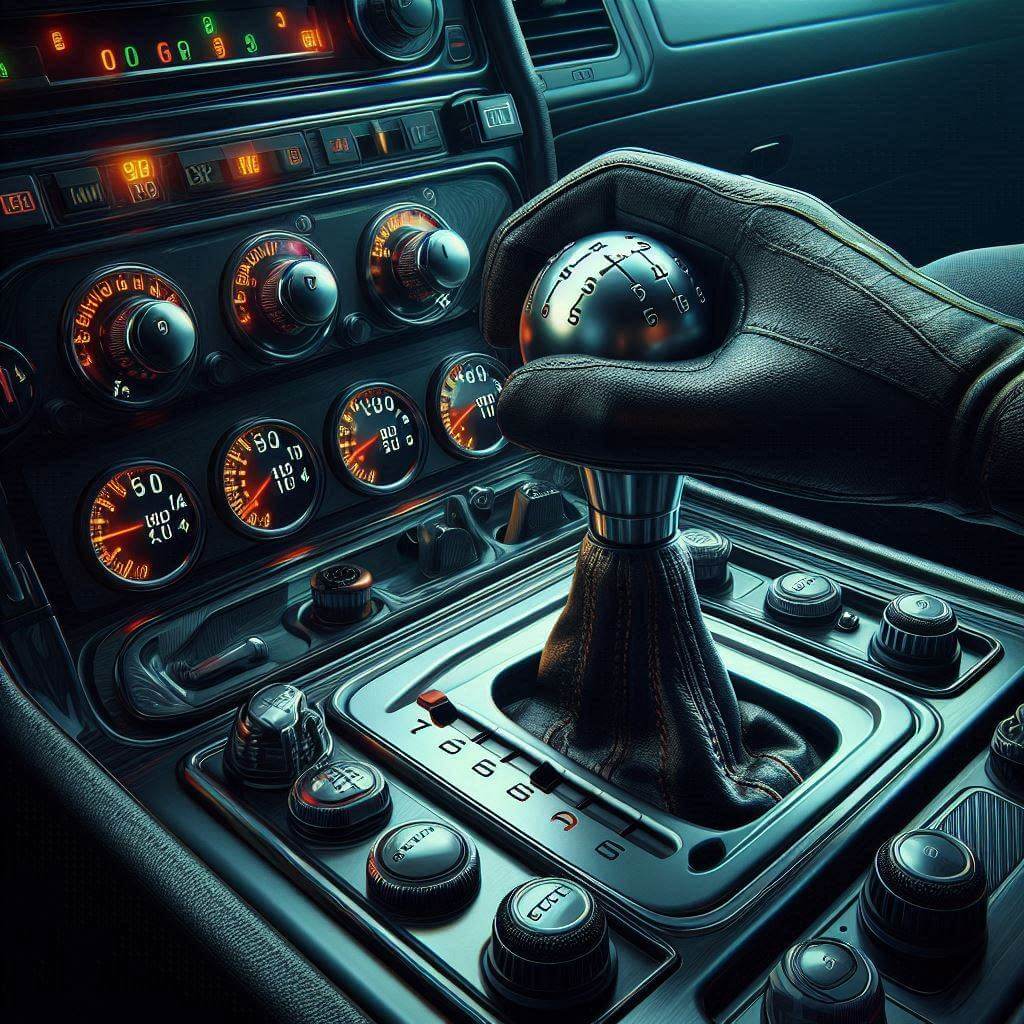Mastering Manual Transmission: Tips for Smooth Gear Shifting

Driving a car with a manual transmission is a rewarding experience that offers greater control and engagement with your vehicle. While mastering a manual gearbox might seem daunting at first, with the right techniques and practice, you can shift gears smoothly and confidently. This comprehensive guide will provide you with essential tips and tricks for mastering manual transmission, helping you become a proficient driver who enjoys the full driving experience.
Contents
Understanding the Basics of Manual Transmission
Before diving into shifting techniques, it’s crucial to understand the basic components of a manual transmission:
- Clutch Pedal: The pedal located to the left of the brake pedal. Pressing the clutch disengages the engine from the transmission, allowing you to change gears.
- Gear Shifter: The lever used to select the appropriate gear. Each gear is positioned in a specific pattern, usually outlined on the gear shift knob.
- Throttle (Accelerator) Pedal: The pedal on the right used to control engine speed.
- Brake Pedal: Located between the clutch and throttle, used to slow down or stop the car.
Getting Started: Basic Procedures
1. Starting the Car
- Ensure the gear shifter is in the neutral position (usually the center position).
- Press the clutch pedal all the way to the floor.
- Turn the ignition key to start the engine while keeping the clutch pedal depressed.
2. Shifting into First Gear
- With the clutch still pressed, move the gear shifter into first gear.
- Slowly release the clutch pedal while gradually pressing the throttle.
- As the clutch engages, you’ll feel the car begin to move forward. Smoothly release the clutch fully and adjust the throttle as needed to maintain a steady speed.
Tips for Smooth Gear Shifting
1. Clutch Control
- Gradual Engagement: Avoid sudden or abrupt engagement of the clutch. Release it slowly and steadily to ensure a smooth transition between gears.
- Clutch “Feathering”: Practice feathering the clutch—slightly engaging and disengaging it—to become more adept at controlling the vehicle’s movement and avoiding jerks.
2. Throttle Management
- Rev Matching: When downshifting, match the engine speed to the speed of the lower gear. This prevents the car from jerking and provides a smoother transition.
- Avoid Riding the Throttle: Keep your foot off the throttle when not actively accelerating. Riding the throttle can cause unnecessary wear on the engine and transmission.
3. Shifting Technique
- Upshifting: To shift to a higher gear, release the throttle, press the clutch pedal, move the gear shifter to the next gear, and then gradually release the clutch while reapplying the throttle.
- Downshifting: For a smooth downshift, press the clutch pedal, move the gear shifter to the lower gear, and apply a slight increase in throttle to match engine speed. Release the clutch smoothly.
4. Using the Gear Pattern
- Know Your Pattern: Familiarize yourself with the gear pattern of your car. Most manual transmissions have a standard H-pattern layout, with first gear usually being top left and reverse often requiring an additional lever or button.
- Avoid Overreaching: When shifting gears, avoid overextending your hand or arm. Use precise, deliberate movements to engage the correct gear.
Advanced Techniques
1. Hill Starts
- Handbrake Method: On an incline, engage the handbrake before releasing the clutch and applying the throttle. Release the handbrake slowly as you engage the clutch and throttle to prevent rolling back.
- Throttle Control: Increase throttle slightly while engaging the clutch to provide enough power to move uphill without stalling.
2. Rev Matching During Downshifts
- Blip the Throttle: When downshifting, momentarily increase engine speed by blipping the throttle before releasing the clutch. This technique helps synchronize engine speed with the lower gear, resulting in a smoother downshift.
3. Double Clutching
- Purpose: Double clutching is used in older transmissions to synchronize gear speeds more effectively.
- How to Do It: Press the clutch pedal and shift to neutral. Release the clutch while revving the engine to match the lower gear speed. Press the clutch again, shift to the lower gear, and release the clutch smoothly.
Common Mistakes to Avoid
- Riding the Clutch: Keeping the clutch partially engaged while driving wears out the clutch prematurely and reduces control.
- Over-revving the Engine: Shifting too late or too quickly can cause the engine to rev too high, leading to potential damage.
- Stalling: Practicing proper clutch control and throttle management will help you avoid stalling, especially on inclines.
Practice Makes Perfect
Mastering manual transmission requires time, patience, and practice. Here are some additional tips to improve your skills:
- Find a Safe Practice Area: Practice in an empty parking lot or quiet road to build confidence without the pressure of traffic.
- Drive Regularly: The more you drive a manual transmission, the more natural the process will become. Try to incorporate manual driving into your routine.
Driving a car with a manual transmission offers a unique and engaging driving experience. By mastering the techniques of smooth gear shifting, clutch control, and throttle management, you can enhance your driving skills and enjoy the full potential of your vehicle. With practice and patience, you’ll become proficient in handling manual transmission, making every drive a more enjoyable adventure. Happy driving!


